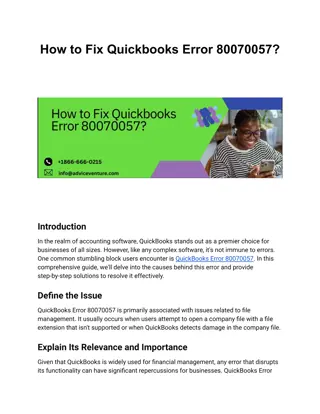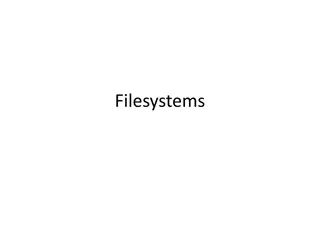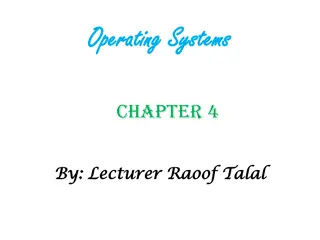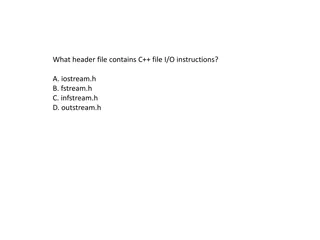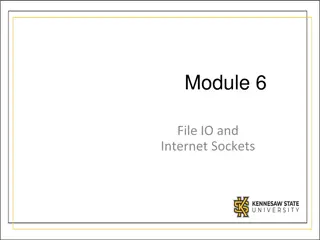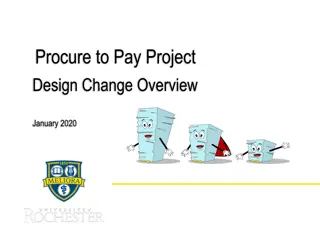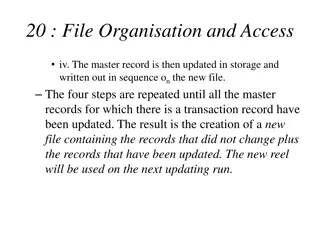
Effective Implementation of GMP and SOP in Pharmaceutical Industry
Learn about the significance of Good Manufacturing Practices (GMP) and Standard Operating Procedures (SOP) in ensuring pharmaceutical product quality, safety, and compliance. Explore key steps like SOP development, process validation, cleanliness maintenance, and regular GMP audits for optimal operations.
Uploaded on | 2 Views
Download Presentation

Please find below an Image/Link to download the presentation.
The content on the website is provided AS IS for your information and personal use only. It may not be sold, licensed, or shared on other websites without obtaining consent from the author. If you encounter any issues during the download, it is possible that the publisher has removed the file from their server.
You are allowed to download the files provided on this website for personal or commercial use, subject to the condition that they are used lawfully. All files are the property of their respective owners.
The content on the website is provided AS IS for your information and personal use only. It may not be sold, licensed, or shared on other websites without obtaining consent from the author.
E N D
Presentation Transcript
Definition: GMP is a system ensuring that products are consistently produced and controlled according to quality standards. It is designed to minimize the risk involved in any pharmaceutical production. Why GMP important Poor quality medicines are not only a health hazards but aware of money for both government and individual consumers. Pharmaceutical company has the responsibility to ensure safe and sufficient use of medicines.
People: All people involved in making a drug have clear role and responsibility Products: All the process must go testing, quality before distribution to consumer. Process: Process should be properly documented , clear and distributed to employee. Procedures: Standard method should be followed. Premises: Premises and equipment must be properly maintained and clear.
Create standard operating procedures. Implement procedures and processes. Document procedures and processes. Validate the effectiveness of SOPs. Design and use working system. Prevent contamination through cleanliness. Conduct GMP audits regularly.
Buildings and facilities Equipment Personnel Raw materials Production Laboratory controls Records Labeling Complaints Other
Definition: Pharmaceutical Standard Operating Procedure (SOP) is a tested, verified, approved, and documented way of executing operations that form the pharmaceutical industry's basis. It provides step-by-step guidance for the personnel to perform a specific process. An SOP is a procedure specific to your operation that describes the activities necessary to complete tasks in accordance with industry regulations, provincial laws or even just your own standards for running your business.
There are some fundamental steps you have to follow to create a SOP: Purpose: Reason for writing SOPs. Scope: Processes , equipment, model, polices Roles and responsibility: Department head , executive of the department know there rules and responsibility. Process overview: Add a flowchart Procedure: Give short operating procedure Abbreviation: Used in SOP Distribution: Provide a list of all the department to which the said sop. Review history:
STEP 1 Develop a list of processes that you believe need SOP creation. ... STEP 2 Plan the process for developing and managing SOPs. ... STEP 3 Collect information for the content of your SOP. ... STEP 4 Write, review and publish your SOP. STEP 5 - Maintaining your SOP over time.
1. An integral part of the successful quality system. 2. Plants effectiveness and efficacy. 3. Regulatory requirement. 4. To ensure that production operation are perform consistently to maintain quality control of process and products. 5. To ensure that no failure are occur in any process.




